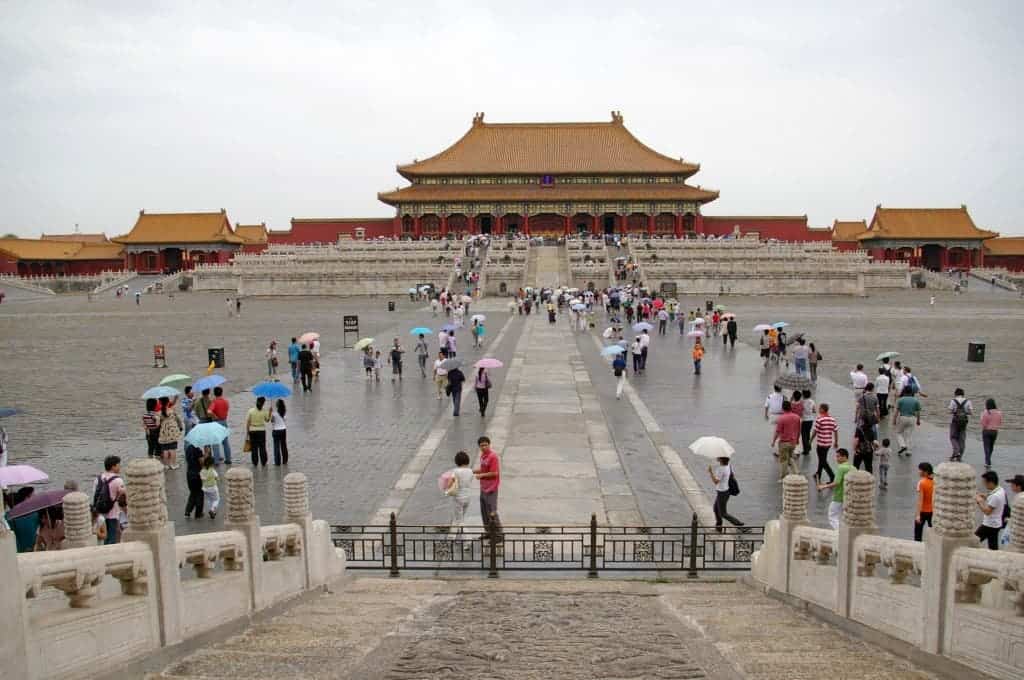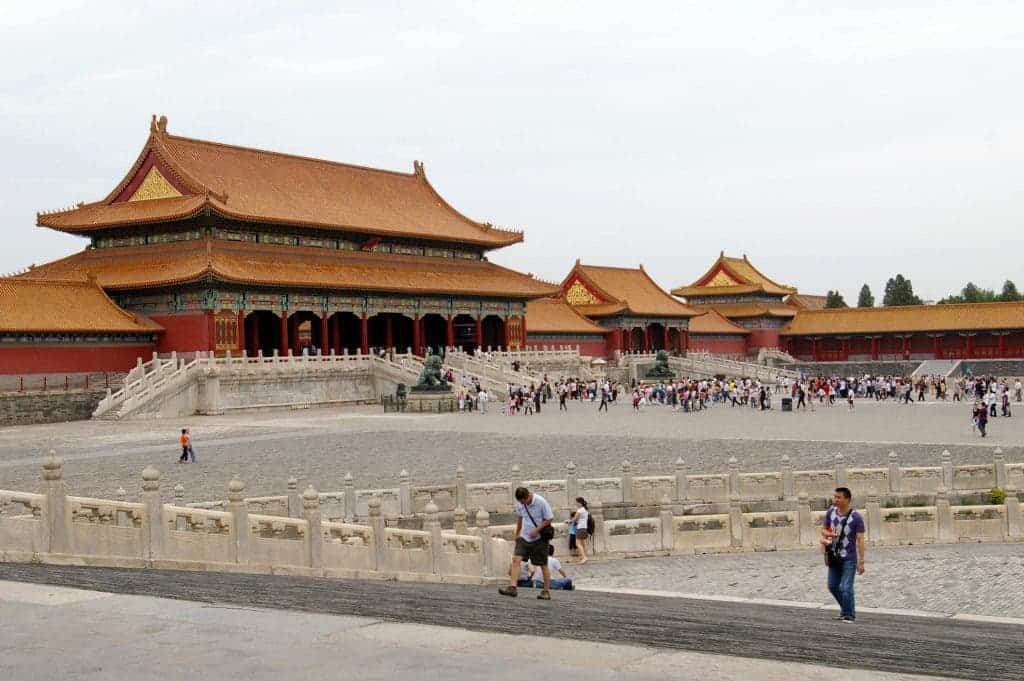This “How to” may not be that relevant in modern times, but in the XIV and XV century, I could think of a few civilizations that would have loved to learn how Chinese engineers moved huge volumes of rock from quarries tens of miles away. Such blocks of stone, weighing at least 100 tonnes, were used to build the splendid Forbidden City, which resides in the traditional Beijing center. There were no high power machines during that time, and using brute force alone meant that construction would take forever. Instead, historical documents and a recent computation made by scientists at the University of Science and Technology Beijing, show that raw material for the palace was brought on wooden sledges along ice roads. Basically, the Chinese engineers took advantage of natural lubrication conditions.
One of the biggest attractions at the Forbidden Palace is the “Large Stone Carving” that graces the stairway to the Hall of Preserving Harmony. Impressive and beautiful figurines and decorations are littered throughout the stone, however the huge monolith is one single block, and it weighs no less then 272 metric tonnes. How on earth did they move this kind of material, considering it came from tens and tens of miles away? Maybe even farther.
The wheel was invented in China well before that, since the 4th century BC actually. Even in the late 1500s, however, Chinese wheeled vehicles could not carry loads exceeding around 86 tonnes, says Thomas Stone, a fluid mechanicist at Princeton University in New Jersey, and a member of the team that performed the study. For great loads, the use of wooden sledges was required.
Imagine whole tree trunks the size say of a telegraph pole lined up one after the other. The stone, pulled by many men and burden animals, would slide along these tree trunks. In practice, however, this theory is met with a lot of challenges. This would only work on smooth, hard surface to prevent the rollers from becoming mired. So, again, how did they do it?
Building a palace one (big) stone at a time
Luckily, the Chinese kept a lot of documents for their projects be them agriculture, arts or, of course, construction. The researchers found a 500-year-old Chinese record claiming that in 1557, 112-metric-tonne stone was transported over 28 days to the Forbidden City from a quarry by ice sledge. This quarry was located 70 kilometers away from Beijing.
The team of scientists decided to test this historical documentation and they computed the friction, power and delivery time for the same amount of load under various scenarios. Dragging a 112-tonne sledge over bare ground would require more than 1,500 men, however the same sled across bare ice or across wet, wooden rails would require 330 men to pull. Here’s the interesting part, though: when a thin film of water is poured on top of the ice during the winter when most transports would take place, fewer than 50 men would be needed to tow the load. Lubricated in this fashion, the stones would have slid along at a stately 0.18 miles (0.29 kilometers) an hour, the analysis finds.\
“I’m not surprised. If you get enough people, enough rope, and enough time, you can move just about anything,” says archaeologist Charles Faulkner of the University of Tennessee, Knoxville, who was not on the study team. “And they had a lot of time. And a lot of people.”
And certainly, we couldn’t have expected anything less from the people who built the Great Wall of China. Findings and results were reported in a paper published in the journal Proceedings of the National Academy of Sciences .











